Berker 127 Manual
| Mærke: | Berker |
| Kategori: | Ikke kategoriseret |
| Model: | 127 |
Har du brug for hjælp?
Hvis du har brug for hjælp til Berker 127 stil et spørgsmål nedenfor, og andre brugere vil svare dig
Ikke kategoriseret Berker Manualer
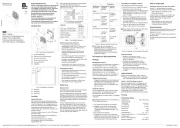
17 September 2025

17 September 2025
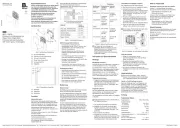
16 September 2025
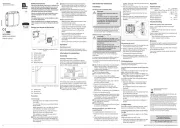
29 December 2024
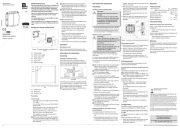
29 December 2024
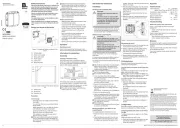
29 December 2024
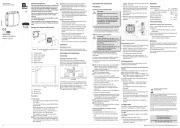
16 December 2024

16 December 2024

16 December 2024
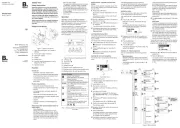
16 December 2024
Ikke kategoriseret Manualer
- Rotho
- REV
- Valley Craft
- Brigmton
- Create
- Playmobil
- Thule
- Hotpoint Ariston
- Gasmate
- CyberData Systems
- Weston
- Manitowoc
- AbleNet
- Triplett
- Advantech
Nyeste Ikke kategoriseret Manualer

2 December 2025

2 December 2025

2 December 2025

2 December 2025

2 December 2025

2 December 2025

2 December 2025

2 December 2025

2 December 2025

2 December 2025
